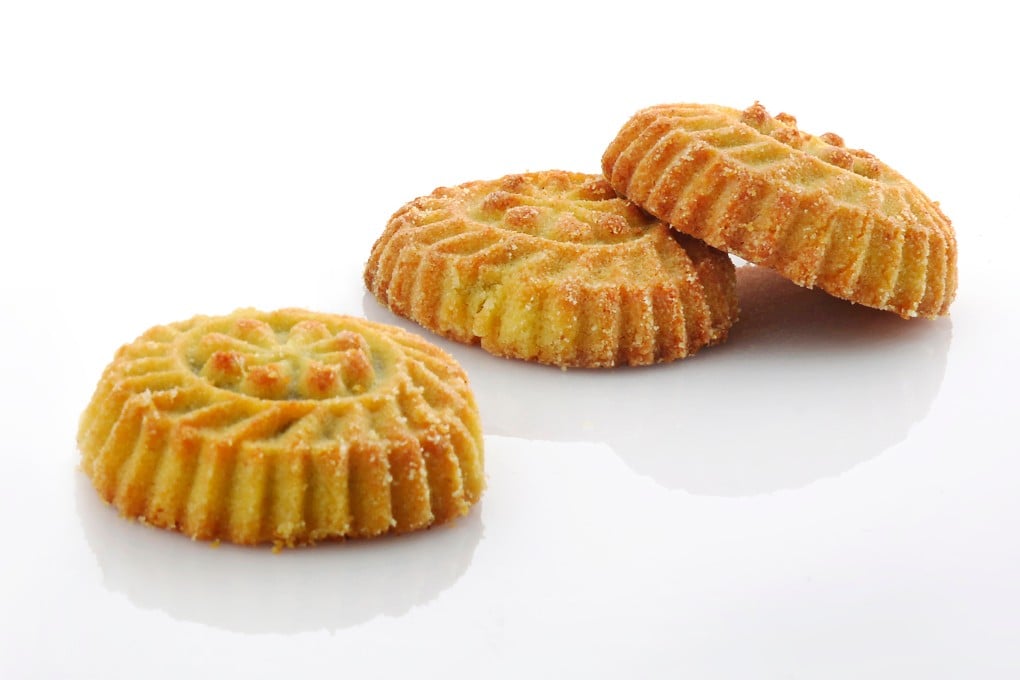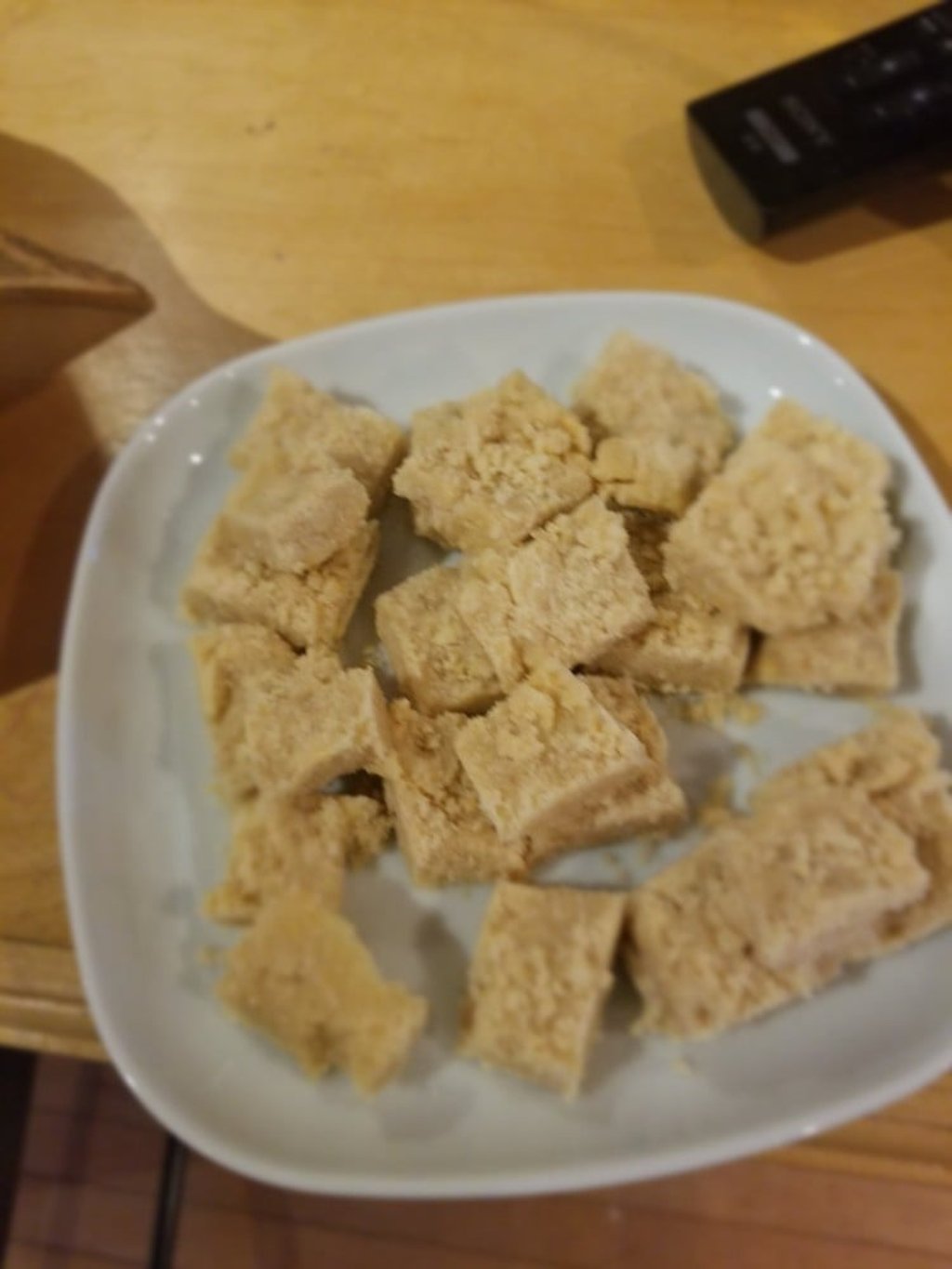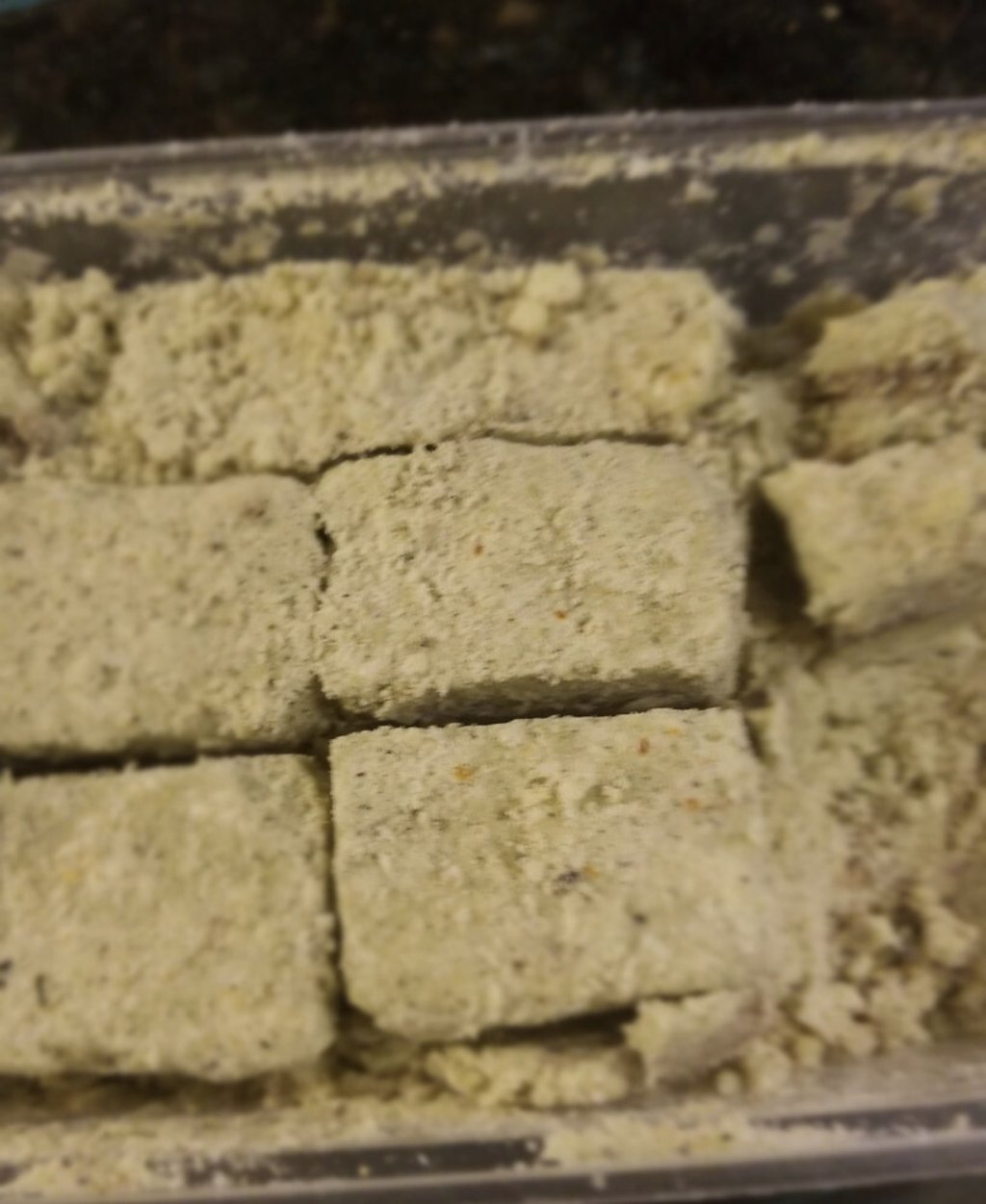How halva, baklava and Turkish delight were baked into Chinese cuisine centuries ago, and the mooncake’s Arabian cousin
- Sweets such as halva and baklava travelled with Muslim traders centuries ago through Central Asia and into China
- Recipes have evolved and ingredients have changed, and few in China today are aware of their far-flung ancestry

Travellers with a sweet tooth crossing southern Europe, the Middle East and China would probably be surprised to find they’re eating treats along the way which share a common heritage.
One is halva, a whitish-brown, grain-based confection with a sandy texture which can be filled with honey, pistachio, nougat, almonds or other nuts. It’s called helva in Turkey and halwa in Arabic countries, but Chinese people know it as sutang – popular variations of which include huasheng sutang (with peanuts) and zhima sutang (with sesame). There’s also mung bean flour sutang. This flaky, sugary melt-in the-mouth sweet is a common Lunar New Year treat.
The confection’s origin dates back centuries to when Muslim merchants and conquerors travelled throughout Central Asia and into China, bringing with them Arab, Turkish and Persian recipes and treats.
According to Miranda Brown, professor of Chinese studies in the department of Asian languages and cultures at the University of Michigan in the United States, these treats are currently so removed from their Muslim origins that few Chinese people realise that they were once part of the big halva family.


“In the Mediterranean, halva is made today with semolina and has a pudding texture. In the Middle East it becomes tahini [crushed sesame seeds] buttressed by syrup. In China, halva is now mostly a crumbly peanut confectionery, held together with maltose.”
